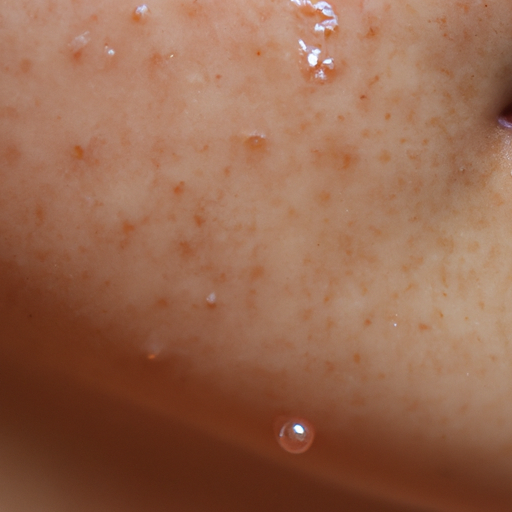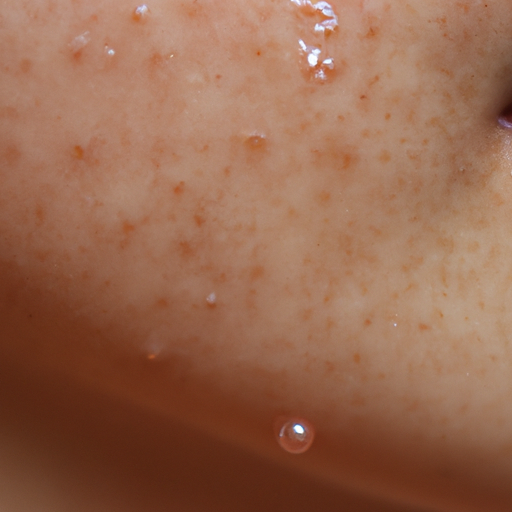Oily skin is a common skin type characterized by an overproduction of sebum, the skin’s natural oil. This excess oil can lead to a glossy or shiny appearance, enlarged pores, and an increased likelihood of acne and blackheads. However, with a comprehensive understanding of its causes and appropriate treatment methods, managing oily skin can become a straightforward task.
The primary cause of oily skin is an overactive sebaceous gland, which produces more oil than necessary. This overproduction can be triggered by various factors such as hormonal changes, stress, diet, and even certain medications. It’s also worth noting that while oily skin can be hereditary, it can also develop over time due to lifestyle and environmental factors.
Diagnosing oily skin is relatively simple. If your face appears shiny or greasy a few hours after washing, or if you frequently have blackheads and pimples, you likely have oily skin. A dermatologist can provide a definitive diagnosis and guide you on the best course of treatment.
The first step in treating oily skin is to establish a consistent skincare routine. Contrary to popular belief, harsh, drying products are not the answer. Overly drying the skin can actually trigger the sebaceous glands to produce even more oil to compensate for the loss of moisture. Instead, opt for gentle, oil-free cleansers that remove excess oil without stripping the skin of its natural moisture.
Exfoliation is another crucial step in managing oily skin. Regular exfoliation helps remove dead skin cells that can clog pores and increase oil production. However, it’s important not to overdo it; exfoliating too often can irritate the skin and exacerbate oiliness.
Moisturizing is also essential for oily skin. It may seem counterintuitive to add more moisture to already oily skin, but using an oil-free moisturizer can help balance the skin’s oil production. Look for lightweight, non-comedogenic products that won’t clog pores.
Beyond skincare, certain lifestyle changes can also help manage oily skin. A diet rich in fruits, vegetables, and lean proteins can help regulate oil production. Regular exercise can also help by reducing stress, a common trigger for oil production.
In some cases, topical or oral medications may be necessary to control oil production. Retinoids, for example, can help reduce oil production and prevent clogged pores. Oral contraceptives can also help regulate hormonal fluctuations that can trigger oil production.
Finally, it’s important to remember that while oily skin can be frustrating, it also has its benefits. The natural oils in your skin help protect it from environmental damage and slow the aging process. So while it’s important to manage excess oil, it’s equally important not to strip your skin of its natural moisture.
In conclusion, understanding the causes of oily skin and adopting a tailored skincare routine can significantly improve its appearance and health. If you’re struggling with oily skin, don’t hesitate to seek professional advice. With the right guidance and care, you can achieve a balanced, healthy complexion.




